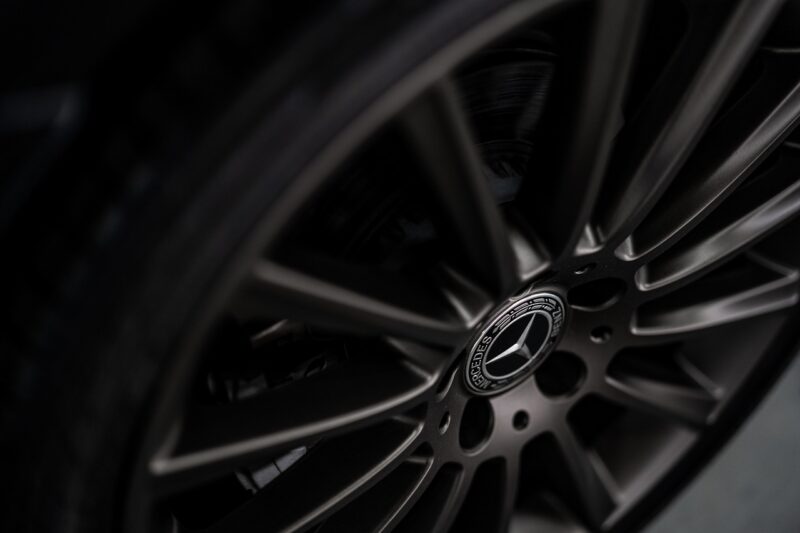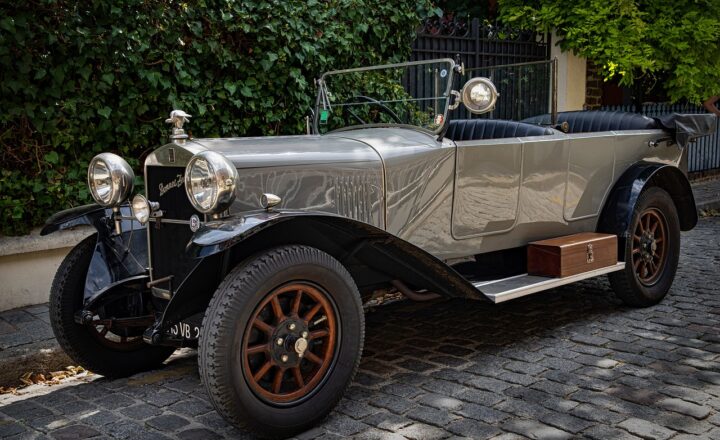Mercedes-Benz 300 SL: The Story Behind the Gullwing Doors and Groundbreaking Engineering
November 13, 2024

The Mercedes-Benz 300 SL is not just a car; it’s a symbol of innovation, luxury, and motorsport heritage. Launched in the early 1950s, the 300 SL earned its place in automotive history with its distinctive gullwing doors, exceptional performance, and groundbreaking engineering. But how did this iconic vehicle come to be, and what makes it so revered among automotive enthusiasts? In this article, we will delve deep into the fascinating story of the Mercedes-Benz 300 SL, exploring its history, design, engineering prowess, and its legacy that continues to inspire today.
1. The Birth of a Legend: Historical Context
Post-World War II Europe was in dire need of revival, and the automotive industry was no exception. The war had a devastating impact on manufacturing capabilities, and the desire for speed and performance was rekindling the spirit of competition among manufacturers. Mercedes-Benz, already a well-established name in luxury vehicles, sought to reclaim its status in the high-performance space.
The 300 SL was inspired by the Mercedes-Benz W194 racing car, which triumphed in various races, including the Mille Miglia of 1952. The W194’s success prompted Mercedes to develop a road-going version, and thus, the 300 SL made its debut in 1954, with a combination of aesthetics and engineering that captivated car lovers everywhere.
2. Innovative Design: Gullwing Doors
One of the most striking features of the 300 SL is undoubtedly its gullwing doors. These unique doors are hinged at the roof rather than the side, a design choice born out of necessity due to the vehicle’s tubular frame and low body height.
The engineering behind the gullwing doors serves a dual purpose: it allows for a sleek roofline and makes entry and exit from the car more challenging due to the car’s low height. However, the doors quickly became an emblem of elegance and exclusivity, drawing eyes and admiration wherever the car appeared.
But these doors were not just for show; they represented the revolutionary thinking in automotive design during that era. To understand their importance, we need to examine the advanced engineering that underpinned the entire vehicle.
3. Groundbreaking Engineering: The Heart of the 300 SL
At the core of the 300 SL was an innovative 3.0-liter inline-six engine, which produced an impressive 215 horsepower at 6,000 rpm. This helped the car reach remarkable speeds of up to 160 mph, making it one of the fastest production cars of its time.
This engine was fitted with direct fuel injection, an extraordinary feature for production cars in the 1950s. The technology allowed for better fuel efficiency without compromising performance, setting a new standard for the industry and highlighting automotive technology’s potential. The vehicle’s impact-resistant tubular frame was another revolutionary element, enabling a lightweight structure that facilitated incredible agility.
The 300 SL also sported a four-speed manual transmission, allowing for an engaging driving experience that made it just as exciting on the racetrack as it was on the road. The combination of aerodynamics, design, and engineering gave the 300 SL the performance of a race car while maintaining the comfort of a luxury vehicle.
4. A Merger of Luxury and Performance
The Mercedes-Benz 300 SL was not just about speed. It exuded luxury in every detail, from its leather interiors to its polished wood accents, a hallmark of the brand’s dedication to craftsmanship. This fusion of performance and luxury attracted a sophisticated clientele, including celebrities and politicians of the day.
Its allure resonated with famous personalities such as actor James Dean, who famously owned a 300 SL, and racing icons like Juan Manuel Fangio, further cementing its status as a cultural symbol. The car’s stylish silhouette and cutting-edge technology became synonymous with success and elegance.
5. The Legacy of the 300 SL
The impact of the Mercedes-Benz 300 SL extends far beyond its production run from 1954 to 1963. Its influence can be seen in modern supercars, where performance and aesthetic design continue to play crucial roles. The vehicle was the catalyst for the SL class that followed in its footsteps, embodying a commitment to blending style with top-tier performance.
Today, the 300 SL remains a coveted classic among collectors and car enthusiasts, with pristine examples fetching astronomical prices at auctions. Its legacy is not only evident in the cars produced in its lineage but in the hearts of those who admire the meticulous engineering and revolutionary designs that shaped the future of automotive innovation.
Conclusion: The Enduring Allure of the 300 SL
The Mercedes-Benz 300 SL is more than just a vehicle; it is a testament to the groundbreaking innovation of its time—a car that broke barriers in design and engineering while establishing the standards of luxury and performance. As we reflect on its remarkable story, the 300 SL stands tall as an emblem of automotive excellence, inspiring generations of engineers, designers, and car enthusiasts alike.
In celebrating the 300 SL, we appreciate not only its beauty but the ingenuity and spirit of creativity that it embodies. From its stunning gullwing doors to its powerful, advanced engineering, the Mercedes-Benz 300 SL is destined to remain a symbol of fascination and desire in the automotive world for decades to come.






